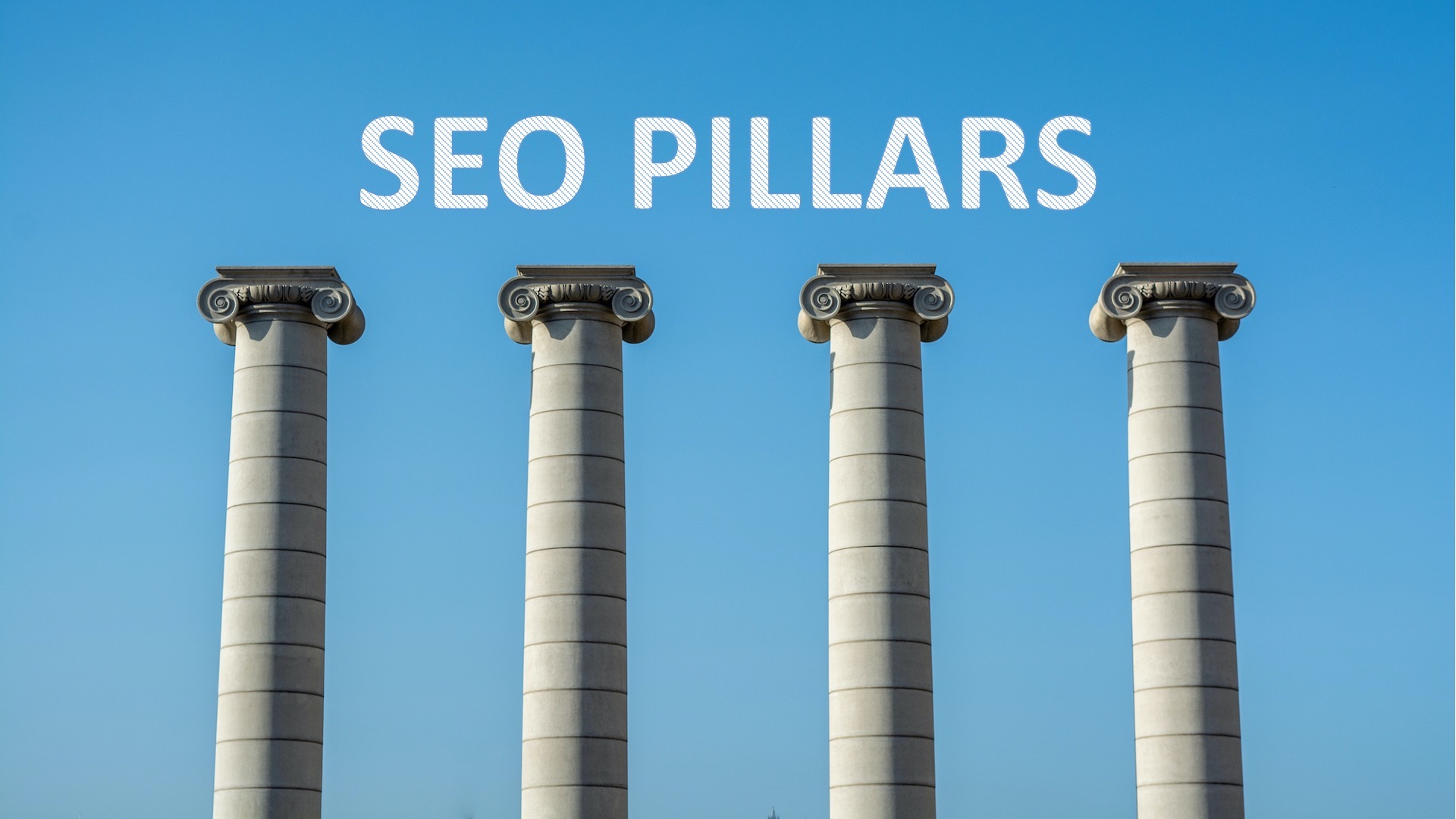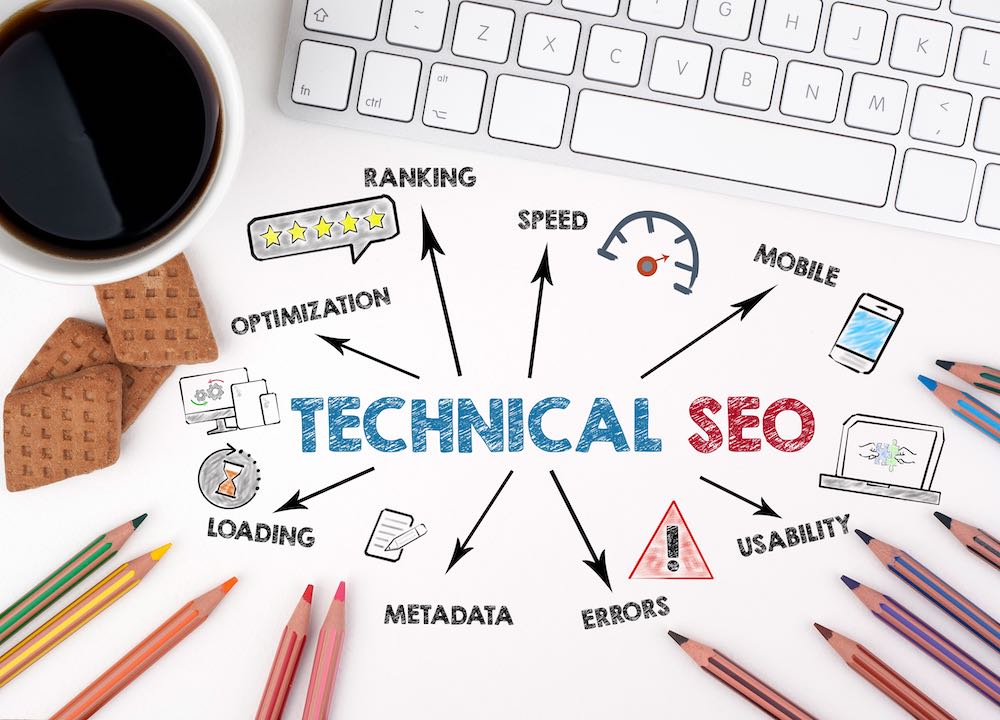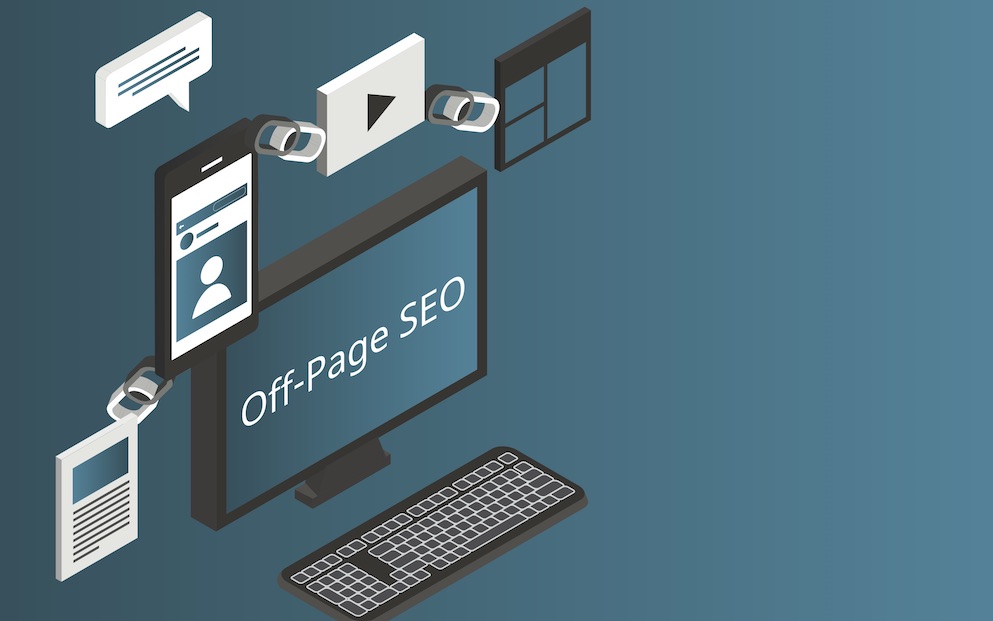The 4 SEO Pillars – How to Rank Higher on Google

When we talk about SEO (Search Engine Optimization), we’re referring to the process of improving a website’s visibility in the organic results of search engines like Google.
Search engine optimization is a cornerstone of digital success. Why? Because it drives free, organic traffic to your website and boosts your online presence.
In today’s digital world—where competition is more intense than ever—a solid SEO strategy is essential for anyone: small business owners, e-shop owners, bloggers, or any digital entrepreneur.
Understanding what SEO truly is—and why it’s a fundamental strategy in digital marketing since Google launched in 1998—is the foundation for building a high-performing, revenue-generating website.
The more you invest in SEO monthly, the better your long-term results will be.
First, What Are Search Engines Trying to Do?
From a user’s perspective, search engines aim to match user intent with high-quality, relevant content.
To deliver accurate results, search engines use complex algorithms to index and rank all the content they crawl. Based on that ranking, they present results that best align with a user’s search.
While we may not know every detail of those algorithms, we do understand the core principles. That’s where the 4 Pillars of SEO come in—and how we can influence them effectively.
The 4 Pillars of SEO:
- Technical SEO
- On-Page SEO
- Off-Page SEO
- Content
1. Technical SEO
This focuses on optimizing the technical infrastructure of your website to enhance performance and ensure it’s crawlable by search engines.

It’s called technical because it’s mostly backend work—users won’t see it, but search engines will reward it.
Key elements to focus on:
Website speed & performance optimization:
Improve loading speed, server response time, and code efficiency for smooth user experiences.
Mobile-friendliness & responsive design:
Ensure your site looks and performs well on all screen sizes.
Site structure & XML sitemap:
Build a logical structure and generate an XML sitemap to help search engines understand and index your site.
Robots.txt & canonicalization:
Guide search engines with robots.txt and prevent duplicate content issues using canonical tags.
HTTPS & website security:
Secure your site with HTTPS to protect users and increase credibility.
2. On-Page SEO
On-page SEO involves optimizations you make directly on your website.

Core areas to focus on:
Keyword research & targeting: Identify and use keywords that match what your audience is searching for.
Meta tags optimization: Write compelling titles and descriptions with targeted keywords.
URL structure: Create clean, descriptive URLs that both users and search engines can understand.
Internal linking & logical site architecture: Build user-friendly navigation and use internal links to distribute authority across your site.
Content optimization: Write high-quality, well-structured content that’s rich in keywords and adds real value.
Image optimization: Compress images, use descriptive file names, and add ALT text for accessibility and SEO impact.
3. Off-site SEO
Off-page SEO refers to actions taken outside your own website to improve search rankings.

Key tactics:
Link building:
Acquire high-quality backlinks from trusted websites to build domain authority.
Online directories:
List your business in relevant directories to improve local visibility.
Blogging & influencer outreach:
Collaborate with bloggers and influencers aligned with your brand.
Social media presence:
Build engagement and drive traffic from platforms like Instagram, LinkedIn, and Facebook.
4. CONTENT
No matter how technically sound your website is, content remains king. If users can’t find what they’re looking for, they’ll leave.
But if you provide value and relevant answers, they’ll stay, browse, return—and maybe even convert. That signals usefulness to Google, which boosts your ranking.

What great content includes:
High-quality, valuable content: Create informative, engaging, original content that addresses your audience’s needs.
Strategic keyword integration: Use keywords naturally within your content—never at the expense of readability.
Rich media: Enhance content with images, videos, and other interactive elements to keep users engaged.
Strong titles & meta descriptions: Accurately describe your content and entice users to click from the search results.
Understanding and optimizing for these 4 pillars—Technical SEO, On-Page SEO, Off-Page SEO, and Content—is the key to climbing Google’s rankings and driving quality traffic to your site.
If you need help improving your website’s SEO, send us a message—we’d love to help!


